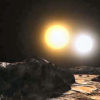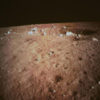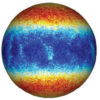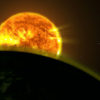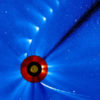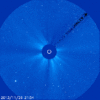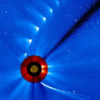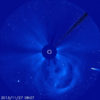A new instrument that combines two high-resolution telescope techniques – adaptive optics and interferometry – has for the first time resolved in visible light the individual stars in the binary star system Capella, 43 light years from Earth. Astronomers using the instrument say it holds great promise for eventually picking out and imaging planets around […]
